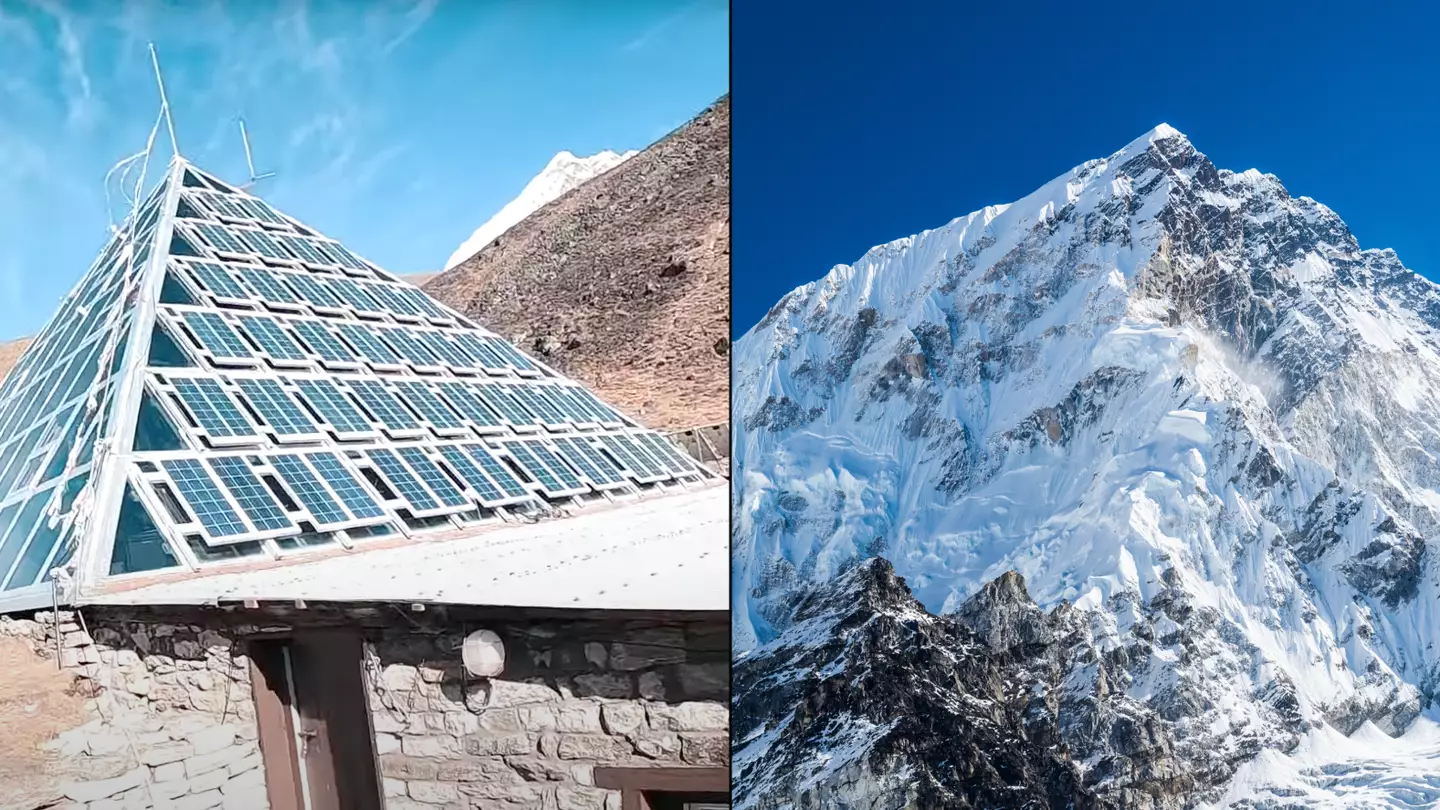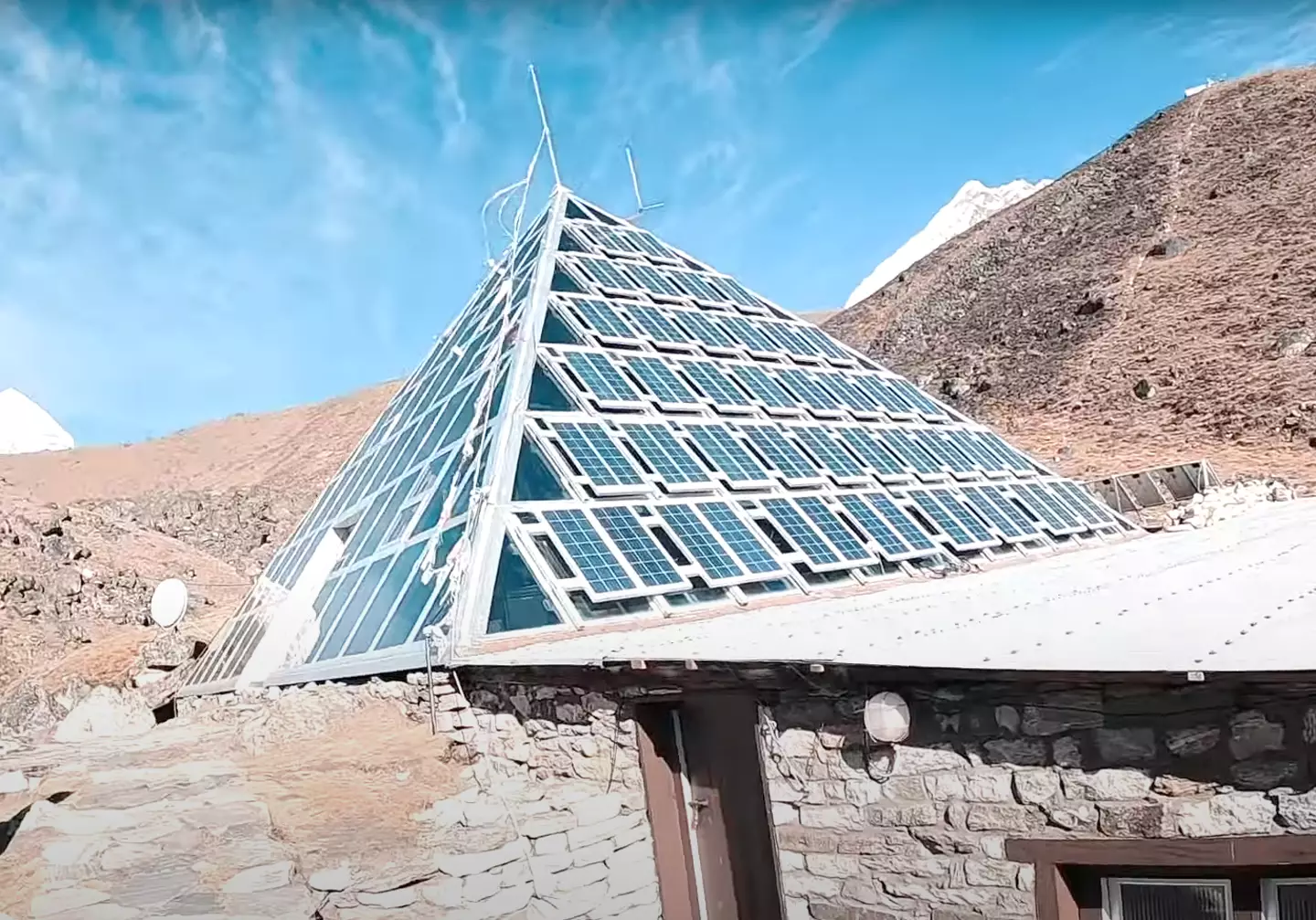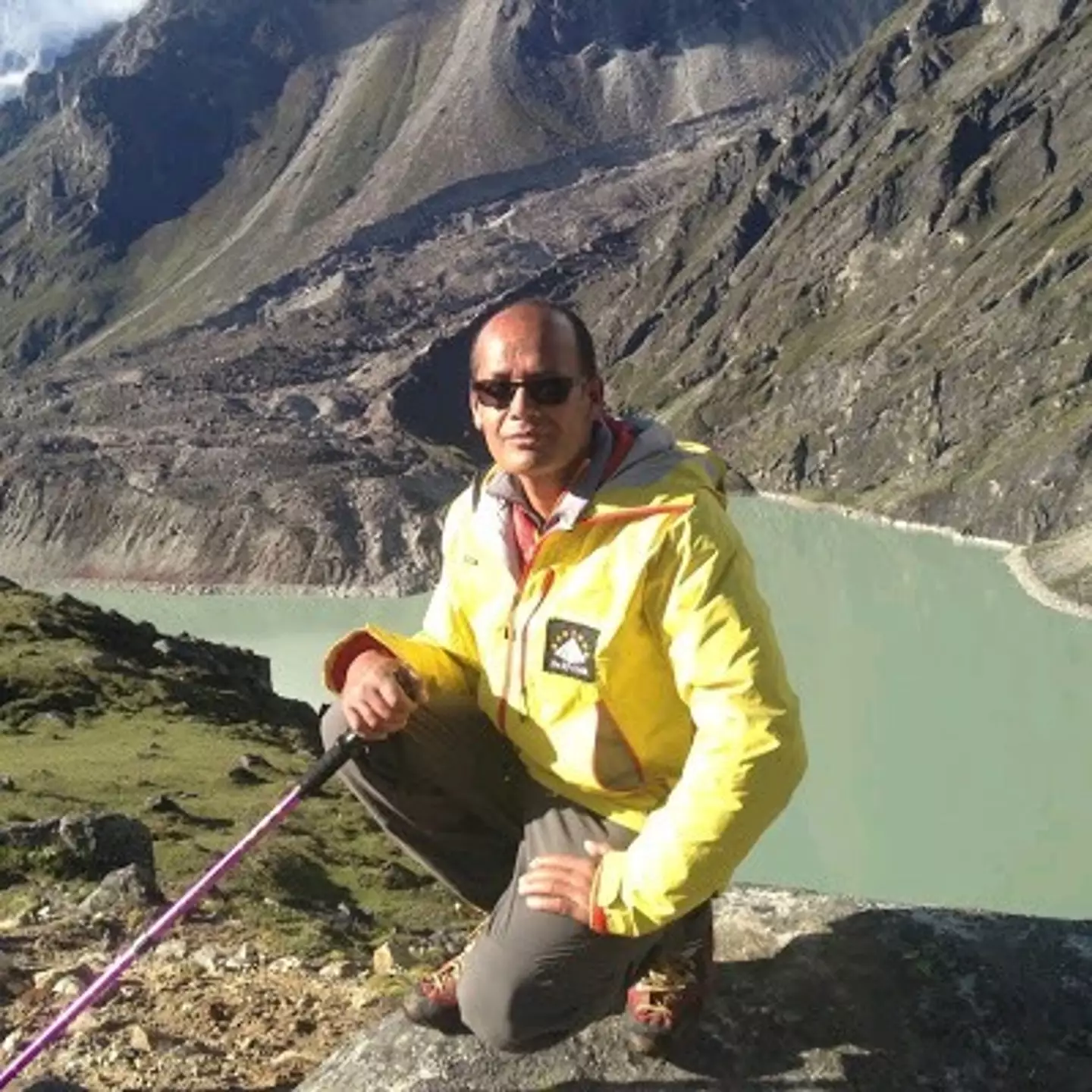
16,000ft up Mount Everest lies the world's scariest lab that's very close to being completely abandoned.
The research site - known as the Pyramid - was constructed back in 1990 and has been used for years to study climate change and biodiversity.
Approximately 520 missions took place in the three-storey glass building, which is fully packed with functioning internet systems and telecoms.
The highest lab in the world was originally a joint Nepali and Italian project, part of the Global Atmosphere Watch (GAW) Program.
Advert
The aim was to monitor pollution levels and climate change in parts of Asia, which can suffer from Atmosphere Brown Clouds that extend from the Indian Ocean to the Himalayas.
It not only affects climate but air quality, agriculture and the monsoon.

One of the Everest Pyramid's tasks was to also monitor pollution levels, with researchers learning that pollutants can reach the Himalayan glaciers and be deposited there, making the ice more liable to melt.
Dibas Shrestha, a meteorologist at Tribhuvan University in Nepal, who was involved with the Pyramid for several research expeditions between 2013 and 2016, told Scientific American: "The Italians actually [modified] the mission to establish a world-class research facility.
Advert
"You don’t go about finding such facilities everywhere, at least not across the Himalayas."

However, due to funding issues which began in 2010, the research missions have sadly been suspended.
"It’s already been almost eight years since the funding ceased, and many [pieces of] lab equipment have turned completely useless,” said Kaji Bista, manager of the lab - who, as of 2022, is the sole maintenance staff.
“Working alone in this terrain is joyful at times, yet often gets lonesome as well.
Advert
"We couldn’t replace filters for pollution monitoring. And there was no point in collecting samples as we couldn’t store or ship them for further assessments."

However, he claims 'the Pyramid wants to continue activity as an observatory', adding: "The lab is ready to host research groups."
If funding doesn't materialise, Bista says 'this would be a tragic end to one of the oldest high-altitude research facilities in the Himalayas'.
Paul Mayewski, a glaciologist at the University of Maine, said: "High-mountain science stations are essential if we are to understand climate and ecosystem variability.
Advert
"They can help in carrying out several-week-long expeditions and research missions that need frequent sampling. These research stations can be a focal point not only for young scholars but also for local people to participate in scientific discovery close to their homes.
Topics: Science, World News, Mount Everest